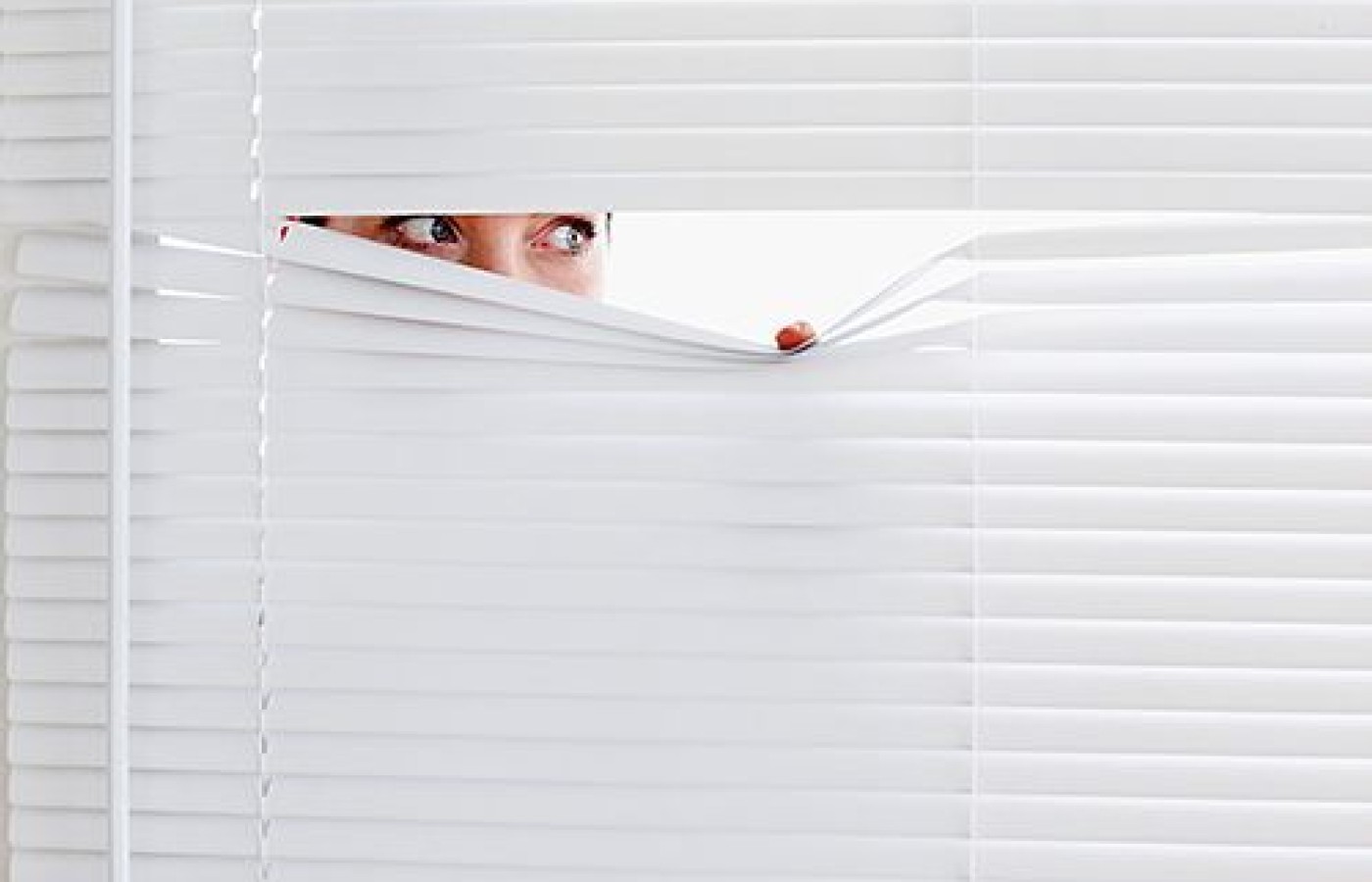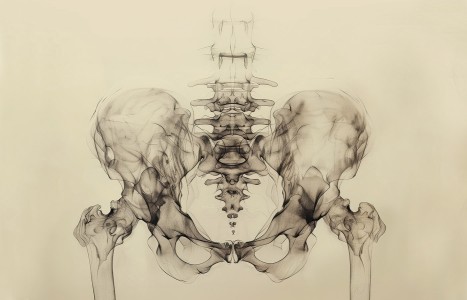People today want convenience, whether it be from their bank, credit card, favorite retail store, or restaurant. They demand it from the companies who hold their loyalty, including their health care providers (you). They don’t want to call and possibly be put on hold, and they want to use an app or schedule an appointment on your website. Here are three reasons your practice can gain by switching to online appointment scheduling.
The Art of Observation
How many of us spend time just watching our clients walk, climb in and out of cars, rise from a chair or navigate a flight of stairs? Spontaneity is the key. Along with a subtle ability to observe without the client knowing or being made to feel like a lab rat. I love it when bodyworkers meet at a sidewalk cafe and "people watch." We can never quite tune out and relax.
"Hey, look at the way that delivery guy hoisted a load onto his truck. Didn't anyone teach him the art of lifting with a straight back and bended knees?" Or, "Notice the way that woman twists as she walks – whaddya think guys? Is she compensating sciatica?" Or, all too frequently, "look at that bunch of kids slouched over their iPhones and texting without watching where they are going; talk about text neck and text thumb!"
When I taught Zen Shiatsu at AOMA during the early days, our plate glass fronted dojo was beautifully situated on a ground level corner in a quad of classrooms, stores, cafes and start-ups. I would sometimes freeze a moment to invite a passer by to join us. He or she could be in a wheelchair, on crutches, or using a walker or walking stick. Far from being offended, the person actually enjoyed a chance to share their experiences, injuries or pain symptoms.
It didn't take much to encourage those folks to talk about themselves. My students acquired some invaluable insights and lessons. This was especially helpful when we did clinic theater prior to the student clinic semester. I could teach some very simple acupoints to help with mobility and pain control. The experience was a win-win for us all.
CASE STUDY - MS

When I worked with chiropractors and a movement therapist in an integrative clinic in New York City, we created a lovely mosaic of techniques for clients who benefited from alternating sessions with each one of us over a period of months. I remember one particular client, Lupe,* who suffered from multiple sclerosis. When it was my turn to work with Lupe, I would quietly observe her walking down our corridor before the session – and then after the session – to guage the effectiveness of the meridian and acupoint combo of the day. In Lupe's case, a full shiatsu session along her UB meridian – with guided imagery about following the flow of a waterfall cascading down her spine and legs to UB 67 – worked beautifully. Her jerky disjointed walk prior to the session evened out into a smoother, more streamlined gait. This was before the days of quick iPhone progress snapshots or video clips – all of which are now useful ways of tracking change for therapists and clients alike.
CASE STUDY – RHEUMOTOID ARTHRITIS
During my time in Zurich, I was able to observe Hannah* tackling some complex problems with rheumotoid arthritis. I watched Hannah each week as she walked through the gate and along a short path before climbing a single flight of stairs to my practice. I had a wonderful excuse to be outside to greet her. I told her I loved spending a few moments in the garden between clients.
Over the weeks and months, it was amazing to see Hannah progress from a stiff, cumbersome walk along the pathway and slow ascent of the stairs, to a brisk pace between gate and stairs. I taught her Qigung movements to practice between sessions, and before each session, and these made all the difference.
Qigung gave Hannah graceful, practical and simple movements she could achieve easily and as often as she liked. Not only did they provide her with measurable control over her challenges, but they were a pain-free contrast to some of the tough physical therapy she had experienced in the past.
Humor helps. It amuses me when I see a client climb out of a car with ease and walk smartly to my front door, only to sag when they see me and and wail about a painful hip or knee. Oh ho hum! I lead them straight to a futon to mobilize, elevate and stretch their limbs using the Japanese scarf or towel technique (known as tenugui) all the while cracking jokes. It works like a charm. Aches and pains vanish in a gale of laughter.
*Names and places have been changed to protect clients' privacy.



